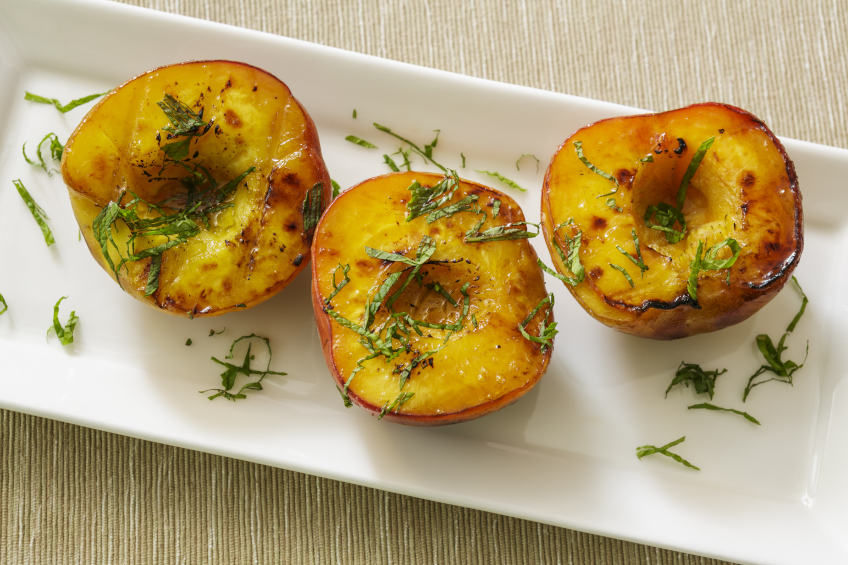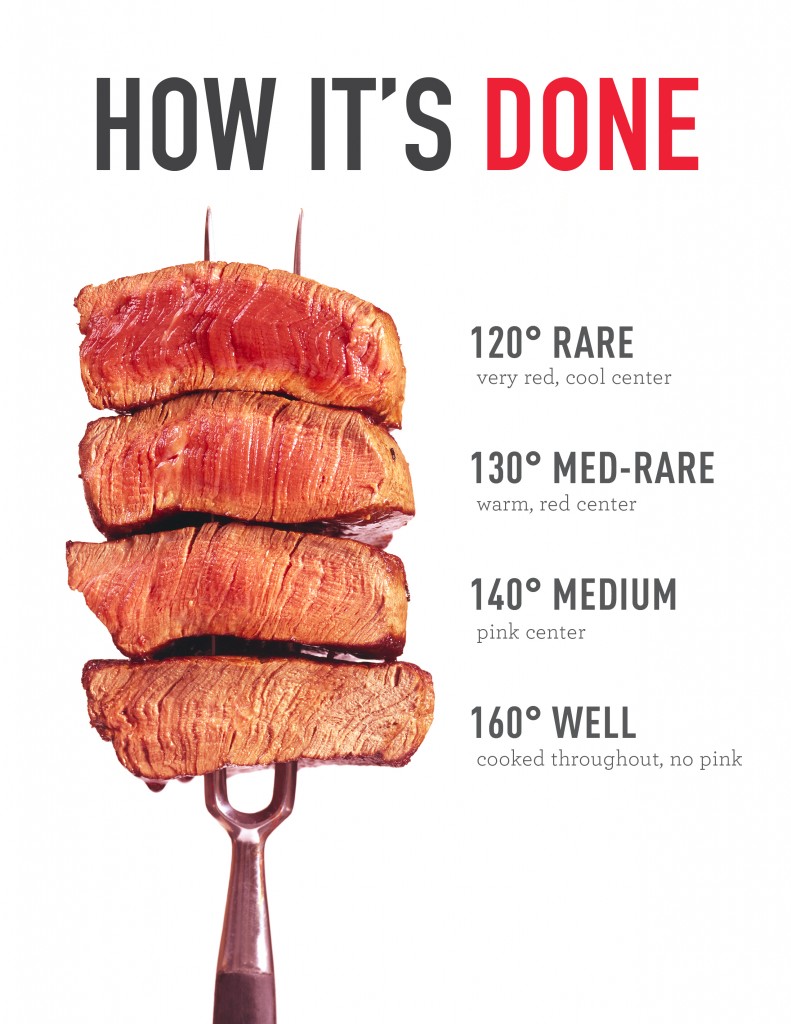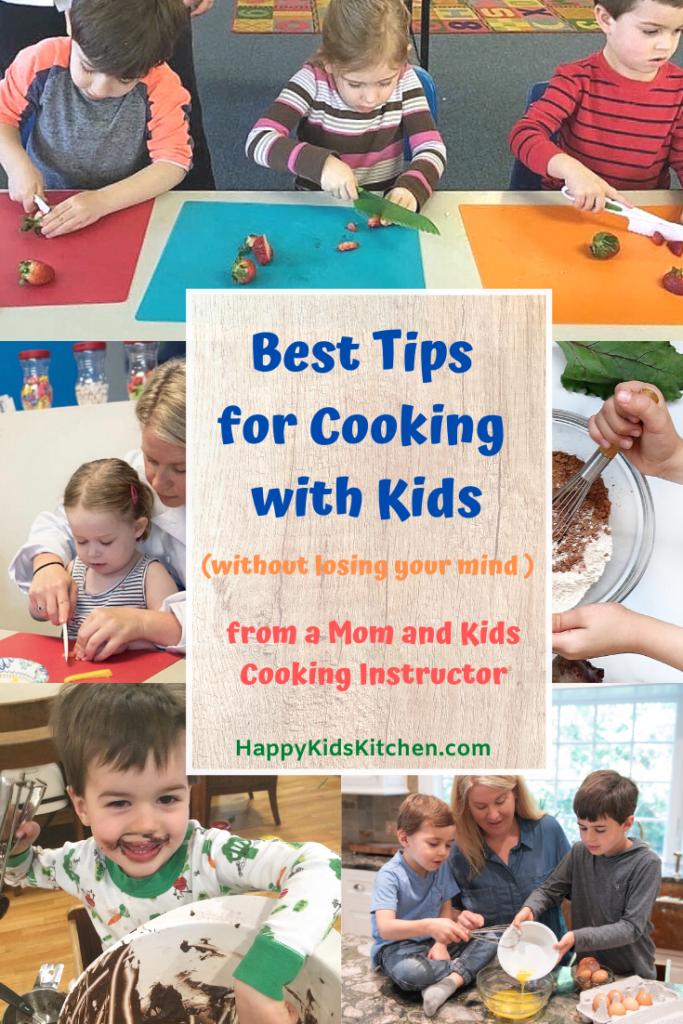
Here are some tips to help you become a better chef. Always prepare the ingredients well. Invest in good kitchen utensils. A second tip is to carefully read the recipe in order not to burn yourself. Last, make sure to always read all ingredients labels. By following these tips, you will have a well-prepared kitchen. Here are a few more cooking tips for beginners. You will be on your way to being a great cook.
Preparation for cooking
If you are a novice chef, preparation before cooking can save you a lot of time. Depending on how much time you have to spend in the kitchen, it may be a good idea to focus on one or two stovetop meals per day and add in some non-cooking items. After you have set up your kitchen, you can start cooking your first meal. This is usually the most time-consuming. This could be a soup, or an oven recipe. However, cold meals can be made while the rest are in the oven.
Proper kitchen equipment
It doesn't matter if your goal is to cook at home, or just occasionally make meals at home, you will need to have a few pieces of basic kitchen equipment. Some of the most essential items are basic cooking utensils. Nonstick pans are a must-have, as they are easy to clean and can be used in a variety of ways. A good nonstick pan is recommended for frying eggs. For many different tasks, a flat spoon made of wood is useful.

Avoiding burns
A kitchen can present a danger because of the possibility of getting burned. You need to be careful when using hot pots or boiling water to prevent yourself from getting burnt. Although most burns can easily be treated at home with some exceptions, others could prove to be life-threatening. You can avoid most of these injuries if your basic guidelines are followed. These tips will help you to cook safely. This will make you a better cook.
Take the time to read the recipe.
You don't have to be a chef expert or an amateur cook. It is important that you read every recipe. A good recipe should make cooking as simple as possible. It is possible to make stress-free and successful cooking decisions by carefully reading the recipe. Here are some tips on how to read the recipe carefully. These are important tips for beginning chefs. The recipe should be read carefully to ensure that the final results are as good as the author describes.
Avoiding overcrowding the pan
It is a good idea to not overload a pan while cooking. First, it will reduce the temperature of the pan. It will slow down the time it takes for food to brown and release its moisture. Overcrowding the saucepan will cause bland food. If you have trouble releasing food from the pan, try using a spoon to remove excess food from the pan. If all else fails, avoid overcrowding the pan and you'll have delicious, tender food every time.

Trust your instincts
One rule of thumb: Trust your instincts. These instincts are not always right. Your right brain develops intuition through experience. This can lead to suspicion of unfamiliar people or things. Your linear mind will help you weigh the options. You must balance your intuition and your linear thinking. Here are some ways to strengthen your gut instinct:
FAQ
Can I cook with my family?
Yes! Yes! Kids love helping in the kitchen. It's an enjoyable activity that teaches responsibility and teamwork. You can have your children help you with everything, from washing vegetables to cutting onions. They will enjoy helping you to cook if your children are safe with knives.
What are the benefits to using a slow cooker
Slow Cookers are very useful because they allow you to prepare delicious meals without wasting time. Slow cooker recipes require less oil or fat than traditional recipes, making them healthier. Because they cook for you while you sleep, slow cooker recipes can be convenient.
Do I need any special equipment to cook?
Cooking doesn't require special equipment. However, the right tools can make it easier to cook. A knife can be used instead of a fork when making pasta, or a whisk could be used to whip up stiff egg whites. It makes cooking much easier and quicker.
How long does learning to cook take? How much time do I need?
It all depends on your skill level. Some people can pick up basic cooking techniques within a day or two. Others may take several months or longer to feel competent enough to teach themselves how they cook.
There are many factors that affect the time required to learn how cook. For example, someone who has never cooked before would probably need more time than someone who cooks regularly. You may also need more experience with certain types of cooking than others. For instance, baking requires more knowledge than frying.
You should learn a particular technique to improve your cooking speed. After mastering one technique, you can move on to the next. Do not worry about how long it takes you to learn how to cook. Enjoy the process and keep practicing.
Who is the best path to a career in chef work? How can I start my career as a chef?
Apprenticeships are a great way to get started if you want to become a chef. Apprenticeships offer the chance to work for several year without any tuition fees. After you complete your apprenticeship, it is possible to apply for a job as a sous-chef. Sous chefs oversee cooks and help them make salads and desserts. They are also responsible for the overall operation of the restaurant.
How can you get motivated to cook well?
It's fun to cook for your friends and family. It is easier to cook for yourself than for others. You can be inspired to cook if you try something new. You will be able to learn new techniques and ingredients. It's also possible to use recipes from other cultures in order to broaden your culinary knowledge.
Statistics
- On average, chefs earn $58,740 a year, according to the BLS. - learnhowtobecome.org
- You'll be amazed that over 90% of CIA students receive scholarships and grants to finish their culinary studies. (ischoolconnect.com)
- under 10 Kids have been taught that there is special food just for them, and Fiese says that 10 percent of kids will throw a tantrum if they don't get the food they want. (washingtonpost.com)
External Links
How To
How to make a perfect omelet
Omelets are one of my favorite foods to eat at breakfast. But how do you create them perfectly? I've tried many recipes and different methods but none have worked. Today, I'd like to share some tips with you in order to make delicious and fluffy omelets every day.
Before we start making omelets, let's remember that eggs are temperamental. Eggs must be purchased fresh, preferably organic, and kept chilled until ready for cooking. They must be kept cool, otherwise the whites will not form properly and the yolks may become runny. Your omelets will look strangely colored if this happens. It is best to use room-temperature eggs if you are going to cook them right away.
Another tip is to separate the egg before adding it to the pan. The yolk and white should not be mixed together as this can cause the omelet's curdle.
If you add the egg directly onto the stovetop, you might end up burning the bottom part of the egg, which would ruin the texture of your omelet. Instead, heat the egg in a microwave for 10 seconds and then place it in a pan. The microwave heat will cook the egg just right without making it too hot.
Let's now talk about mixing eggs. You want to mix the eggs thoroughly before you add them. You need to turn the bowl of the mixer upside down. Next, shake the bowl vigorously. The egg will be thoroughly mixed in the bowl as the air is whipped.
Now comes the fun part - pouring the milk into the mixture. First, pour half of the milk into the beaten eggs and then fold the eggs gently into the remaining milk. Don't worry if there are still streaks of egg visible; these streaks will disappear once you flip the omelet.
After folding the eggs, place the pan on medium heat and wait for the oil to start sizzling. Once the oil has gotten hot, add 1/4 cup of butter and swirl it around so that the entire pan is coated. Next, carefully open the lid and sprinkle salt into your pan. An additional pinch of salt will prevent the omelet form sticking to your pan.
Once the omelet has formed, cover the pan again and wait for the top side to set completely. Flip the omelet upside down or with a spatula. Cook the other side for another minute or two. Serve immediately after removing the omelet from its pan.
This recipe works best when you use whole milk.